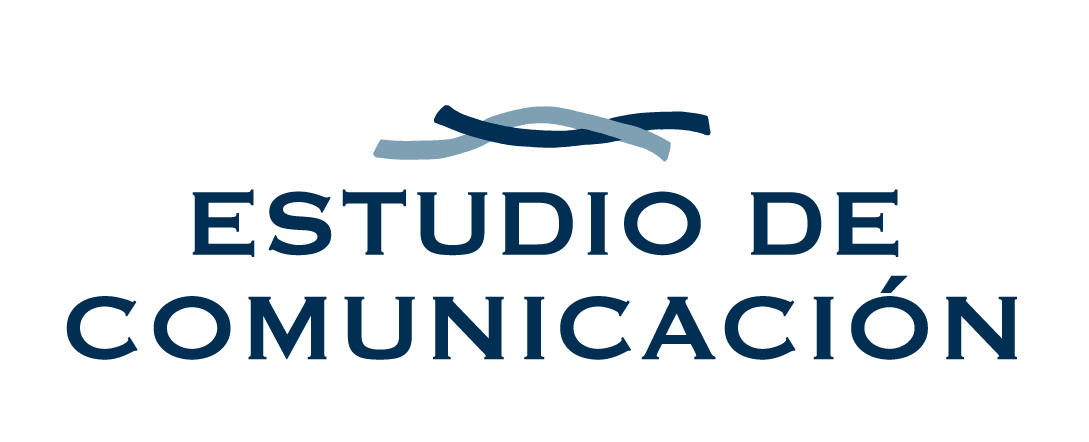Political activity in Spain is already fully focused on the local and regional elections to be held on May 28. That date will probably help to determine which political forces have the best chance of forming a new Government by the end of the year.
One of the uncertainties that the May elections should help to clear up is that of which will be the dominant parties on the left and what are their chances for that block to have a sufficient majority to govern.
The current Government coalition in Spain is made up of the Partido Socialista Obrero Español (PSOE) and Unidas Podemos, a group further to its left. However, in recent months internal divisions have arisen within Unidas Podemos and, at this time, it is not clear who will be the candidates to the left of the PSOE.
On Sunday, April 2, Vice President Yolanda Díaz, until now a member of Unidas Podemos, announced her intention to be a candidate for the presidency of the Government at the head of a new party called Sumar. At the same time, the former vice president and former leader of Podemos, Pablo Iglesias, is reluctant to support Díaz and seems willing to present a different candidate.
The division of the forces to the left of the PSOE into two different candidacies would make it more difficult for them to obtain deputies in Parliament and, therefore, would make the repetition of a left-wing coalition Government more unlikely. It is extremely difficult for the PSOE to obtain a sufficient majority to govern on its own.
Therefore, May elections will serve to verify who is stronger on the far left, who is the real boss of that block: Yolanda Díaz or Pablo Iglesias. After that, maybe, just maybe, one of the two will agree to relinquish power.
By Antonio Caño, associate at Estudio de Comunicación
